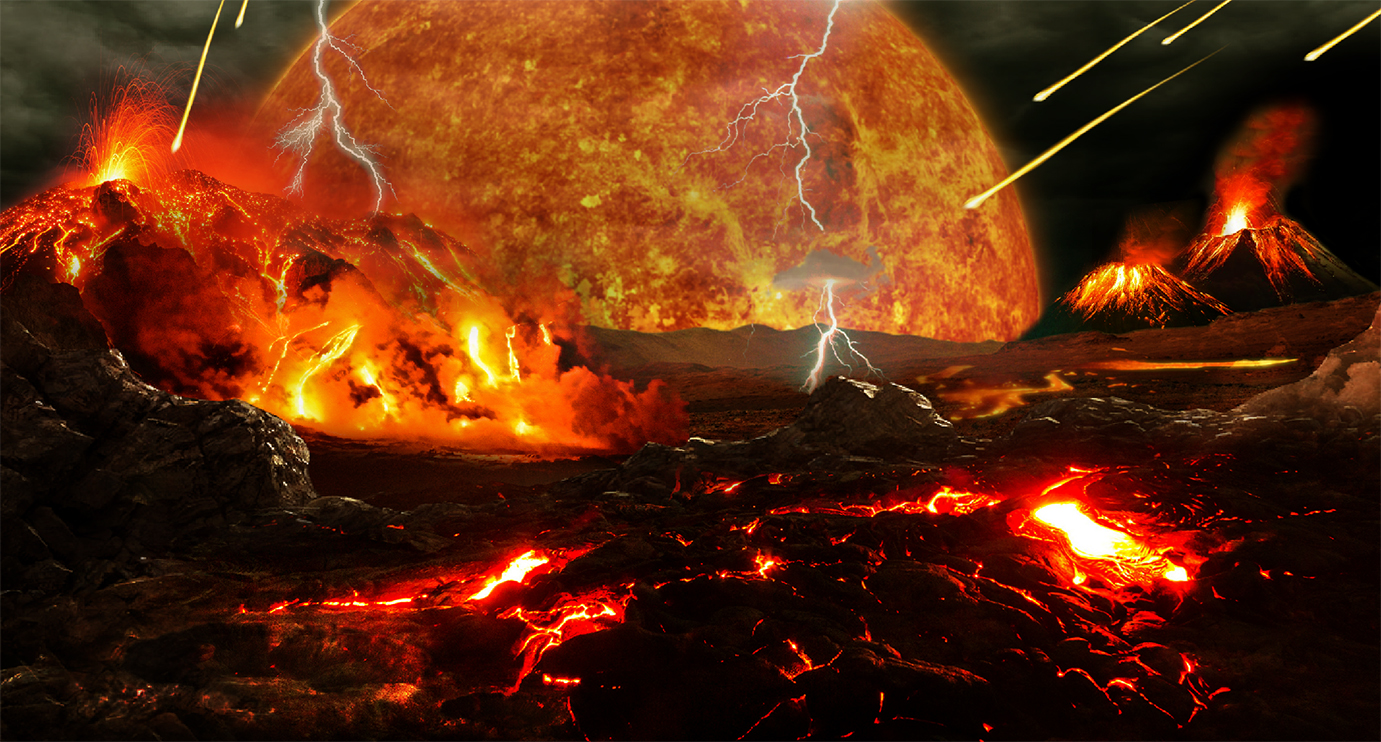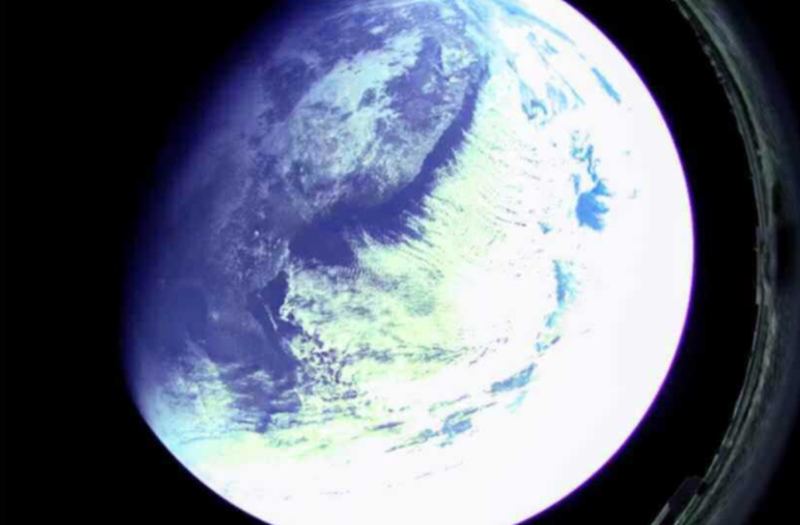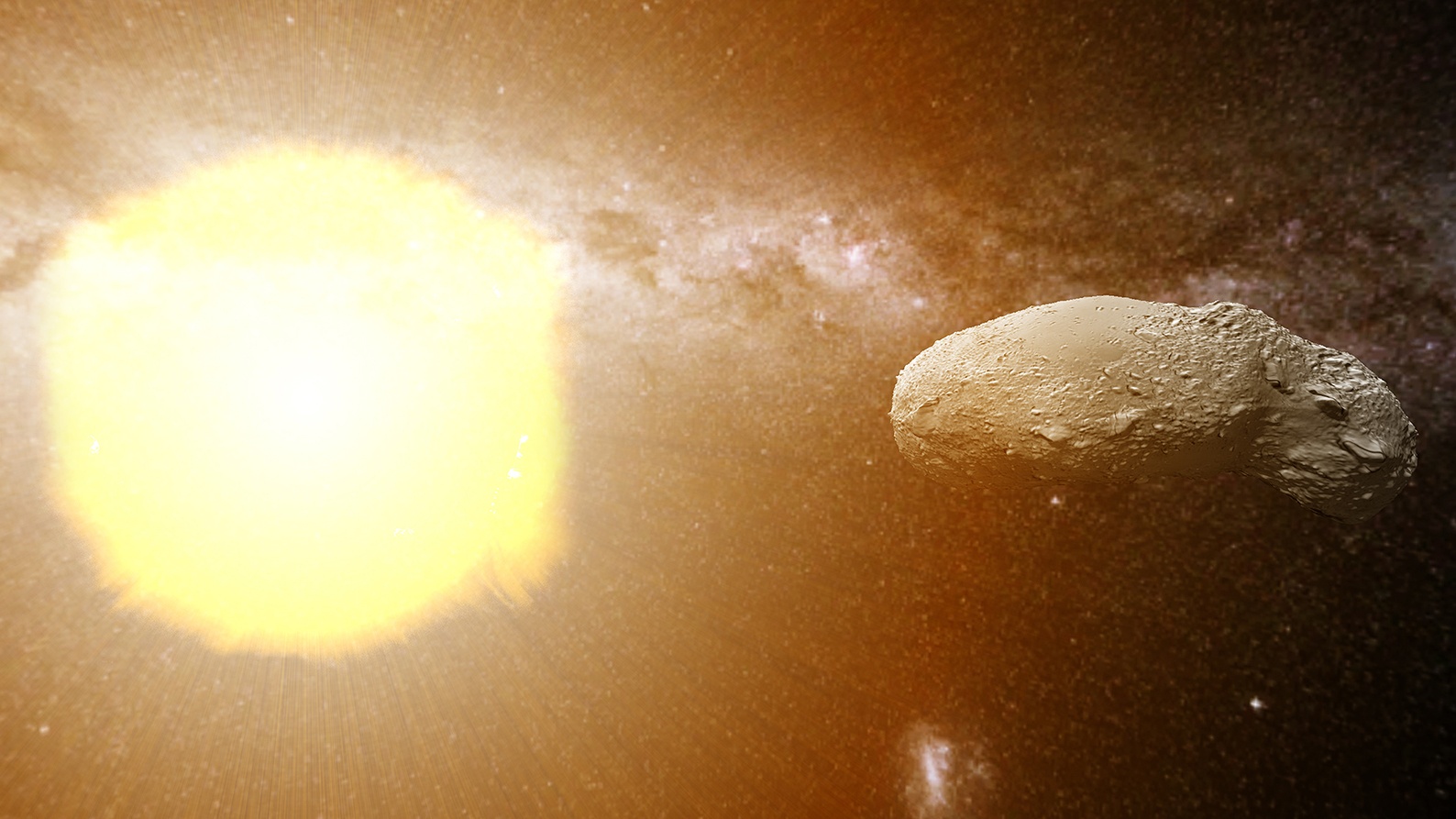Earth formed from the Sun’s protoplanetary disk about 4.6 billion years ago. In the beginning, it was a molten spheroid with scorching temperatures. Over time, it cooled, and a solid crust formed. Eventually, the atmosphere cooled, and life became a possibility.
But how did all of that happen? The atmosphere was rich in carbon, and that carbon had to be removed before the temperature could drop and Earth could become habitable.
Where did all the carbon go?
Continue reading “How did Earth go From Molten Hellscape to Habitable Planet?”









